
461 Ocean Boulevard is the second solo studio album by English musician Eric Clapton. It was released in late July 1974 by RSO Records, after the record company released the hit single "I Shot the Sheriff" earlier in the month. The album topped various international charts and sold more than two million copies.

Backless is the sixth solo studio album by Eric Clapton, released in November 1978. Produced by Glyn Johns, and released by RSO Records, Backless reached no. 8 on the pop charts. While the single "Promises" only reached no. 37 on the UK Singles Chart, it was a much bigger success in the US, reaching no. 9 on the Billboard Hot 100. The follow-up single, "Watch Out for Lucy", was the B-side of "Promises", but reached no. 40 on the Billboard 100 on its own merit. Later in 1980 "Tulsa Time" was #30 on the Billboard 100 with the 1977 song "Cocaine" as B-side. It was Clapton's last studio album to feature his longtime bassist Carl Radle, who died in 1980.

No Reason to Cry is the fourth solo studio album by Eric Clapton, released by RSO Records on 27 August 1976. The album was recorded in Malibu and Los Angeles between December 1975 to May 1976. The record went silver in the U.K.
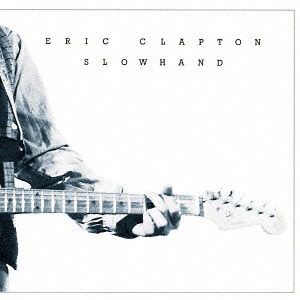
Slowhand is the fifth solo studio album by Eric Clapton. Released on 25 November 1977 by RSO Records, and titled after Clapton's nickname, it is one of his most commercially and critically successful studio albums. Slowhand produced the two hit singles "Lay Down Sally" and "Wonderful Tonight", reached various international music charts and was honoured with numerous awards and recording certifications. In 2012, a deluxe edition was released to celebrate the album's 35th anniversary.

Just One Night is a 1980 double album by Eric Clapton, recorded live at the Budokan Theatre in Tokyo, Japan, in December 1979 when Clapton was touring to support Backless, his latest record at that time. The album reached No. 2 in the US and No. 3 in the UK, and was certified gold by RIAA.

Journeyman is the eleventh solo studio album by Eric Clapton. Heralded as a return to form for Clapton, who had struggled with alcohol addiction and recently found sobriety, the album has a 1980s electronic sound, but it also includes blues songs like "Before You Accuse Me", "Running on Faith", and "Hard Times." "Bad Love" was released as a single, reaching the No. 1 position on the Album Rock Chart in the United States, and being awarded a Grammy Award for Best Male Rock Vocal Performance in 1990. "Pretending" had also reached the No. 1 position on the Album Rock Chart the previous year, remaining at the top for five weeks.
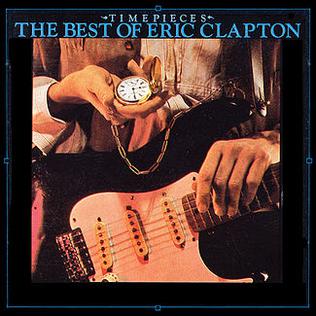
Timepieces: The Best of Eric Clapton is a greatest hits album by British musician Eric Clapton. The album was originally released by RSO/Polydor Records in April 1982. The following year a second volume, Time Pieces Vol.II Live in the Seventies, was released by the label. The album has been reissued several times and has been awarded certifications in several regions. Billboard reported the album sold more than 13,400,000 copies worldwide.

Hold Out is the sixth album by American singer-songwriter Jackson Browne, released in 1980. Although critically the album has not been as well-received as other Browne recordings, it remains his only album to date to reach number 1 on the Billboard chart.

Second Childhood is the second album by the singer and songwriter Phoebe Snow, released in 1976. Second Childhood was certified gold by the RIAA on July 9, 1976.
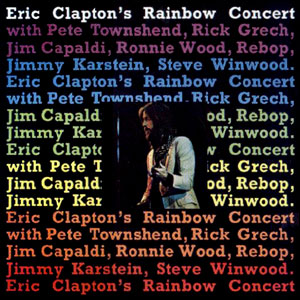
Eric Clapton's Rainbow Concert is a live album by Eric Clapton, recorded at the Rainbow Theatre in London on 13 January 1973 and released in September that year. The concerts, two on the same evening, were organised by Pete Townshend of the Who and marked a comeback by Clapton after two years of inactivity, broken only by his performance at the Concert for Bangladesh in August 1971. Along with Townshend, the musicians supporting Clapton include Steve Winwood, Ronnie Wood and Jim Capaldi. In the year following the two shows at the Rainbow, Clapton recovered from his heroin addiction and recorded 461 Ocean Boulevard (1974).

Eric Clapton is the debut solo studio album by English rock musician Eric Clapton, released in August 1970 by Atco and Polydor Records.

No Secrets is the third studio album by American singer-songwriter Carly Simon, released by Elektra Records on November 28, 1972.

10cc is the debut album by the British rock band 10cc, first released in 1973. It was recorded at Strawberry Studios in Stockport, which was part-owned by guitarist and engineer Eric Stewart, and released on Jonathan King's UK Records label. The album reached number 36 in the UK Albums Chart.

Money and Cigarettes is the eighth solo studio album by Eric Clapton, recorded after his first rehabilitation from alcoholism. Produced by Clapton and Tom Dowd with, apart from Albert Lee, a new backing band of veteran session musicians including Donald "Duck" Dunn, Roger Hawkins, and Ry Cooder. The album was moderately successful commercially, reaching Top 20 chart positions in several countries. Critical reception was lukewarm.

Troubadour is the fourth studio album by J. J. Cale, released in September 1976.
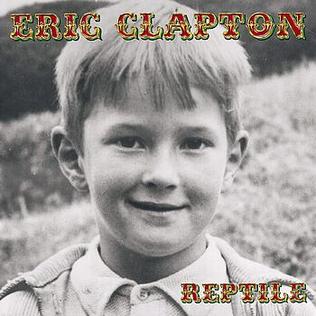
Reptile is the fourteenth solo studio album by Eric Clapton. The album was produced by Eric Clapton with Simon Climie and is Clapton's first album to include keyboard work by Billy Preston and background vocals by the Impressions. The album reached the Top 10 in 20 countries, topping the national album charts in three of them. In total, the album sold more than 2.5 million copies and gained several certification awards around the globe. To help promote album sales, music network VH1 streamed the album in full on TV.
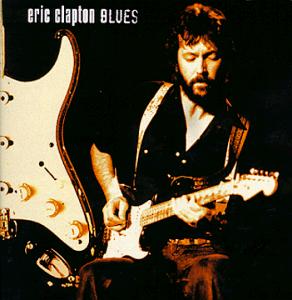
Blues is a blues rock compilation album by Eric Clapton released in 1999. The release features songs from Clapton's 1970s RSO albums, as well as some unreleased material from the same era. The second disc features live recordings.

Steve Winwood is the debut solo studio album by blue-eyed soulster Steve Winwood. It was released in 1977, three years after the break-up of his former band, Traffic. Though the album sold moderately well in the US, it was a commercial disappointment compared to Traffic's recent albums, peaking at number 22 on the Billboard albums chart. In the UK, where Traffic's recent albums had only been moderately successful, Steve Winwood reached number 12 on The Official Charts. Island Records released two singles from the album, "Hold On" and "Time Is Running Out", both of which failed to chart.

"Let It Rain" is a song and single written and released by the British rock musician Eric Clapton and Bonnie Bramlett; it appears on his 1970 debut studio album Eric Clapton. In 1972 it was released as a single as part of the promotion for his compilation album Eric Clapton at His Best

"Promises" is a song written by Richard Feldman and Roger Linn and recorded by British singer and guitarist Eric Clapton in September 1978. It appears on Clapton's studio album Backless.




















